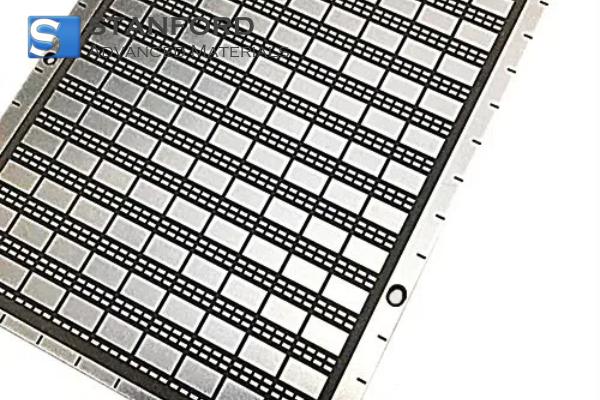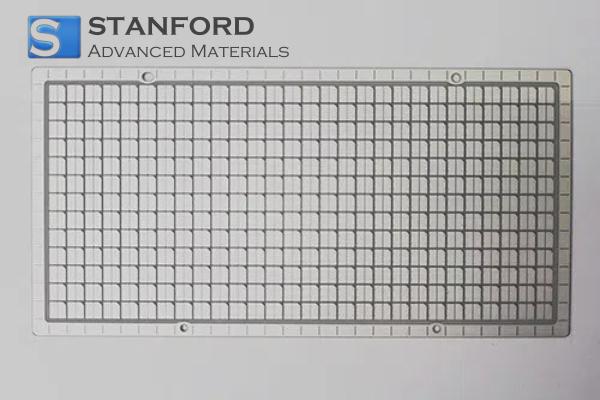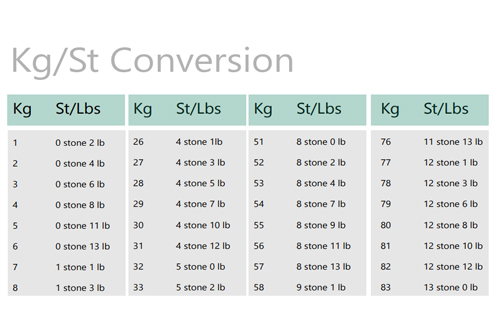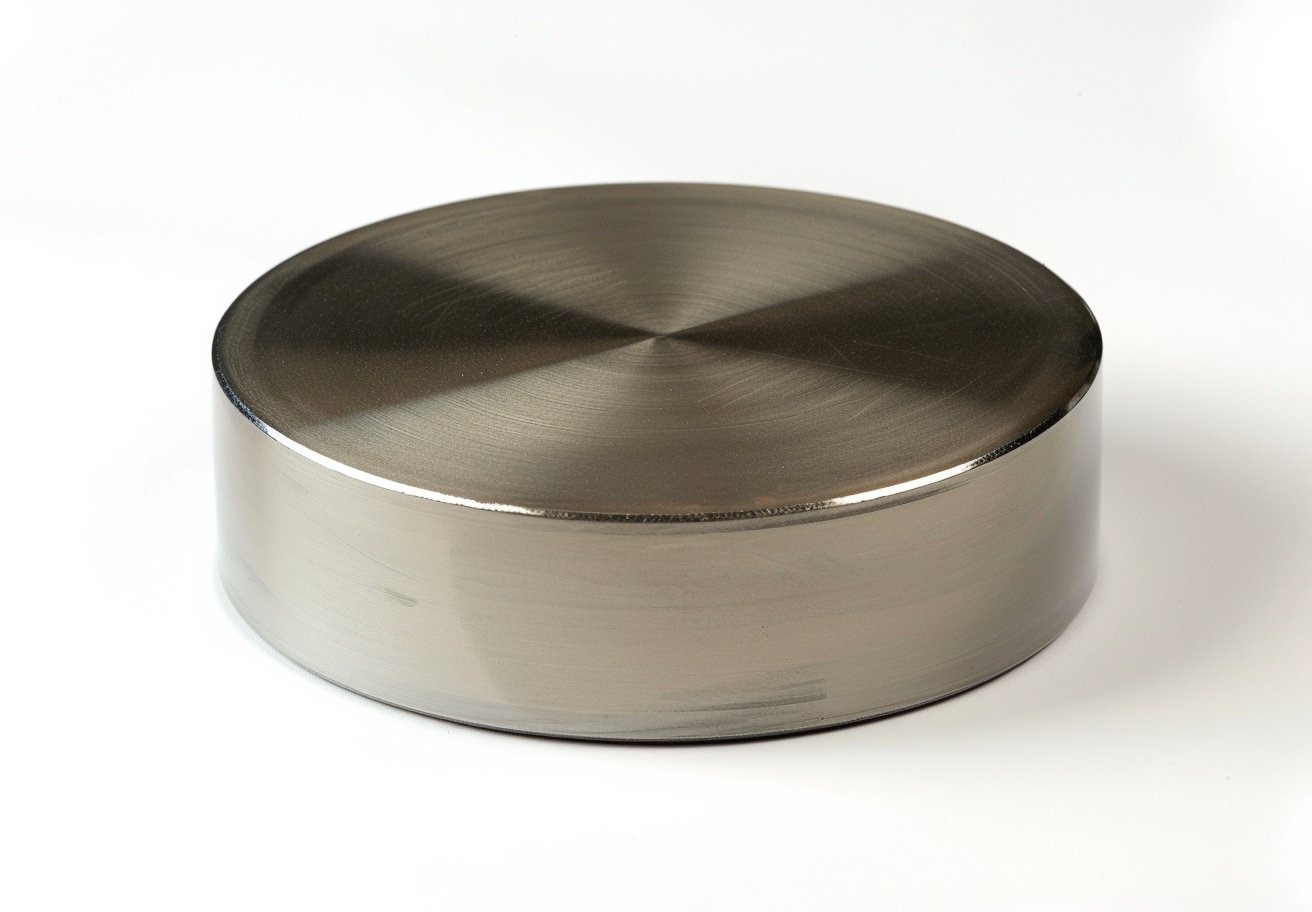Covalent Bond: Types And Examples
Introduction
Covalent bonds are a fundamental type of chemical bond that play a decisive role in the formation of molecules. Unlike ionic bonds, where electrons are transferred, covalent bonds are formed by the sharing of electrons between atoms. This sharing enables each atom to achieve a stable electron configuration similar to that of noble gases. Covalent bonds are required for the formation of substances in nature, from simple molecules such as water to complex organic compounds.
Covalent Bond and the Octet Rule
Octet Rule
A covalent bond is a type of chemical bond that forms when two atoms share one or more pairs of electrons to reach stability. This shared arrangement enables each involved atom to attain a stable electronic configuration that resembles that of noble gases.
The octet rule states that atoms tend to form bonds in such a way that they possess eight electrons in their outer shell (valence shell). This configuration is regarded as stable because it reflects the electronic arrangement of noble gases.
How Covalent Bonds Adhere to the Octet Rule
- Sharing of Electrons: Atoms share electrons in order to complete their valence shells.
- Example:
- H₂ (Hydrogen molecule): Each hydrogen atom shares one electron, resulting in two electrons, which corresponds to the duplet rule (stable for hydrogen).
- O₂ (Oxygen molecule): Each oxygen atom shares two electrons, thereby achieving an octet in its outer shell.
- CH₄ (Methane): Carbon shares four electrons with four hydrogen atoms, thereby completing its octet.
Types of Covalent Bonds
Covalent bonds can be classified according to the number of electron pairs shared between atoms. The main types are single, double and triple covalent bonds.
Single Covalent Bonds
In a single covalent bond, one pair of electrons is shared between two atoms. This bond type occurs frequently in molecules such as hydrogen gas (H₂) and methane (CH₄). Single bonds are generally weaker than multiple bonds and are necessary for the stability of many organic compounds.
Double Covalent Bonds
In double covalent bonds, two pairs of electrons are shared between atoms. An example is the bond between the two oxygen atoms in an oxygen molecule (O₂). Double bonds are stronger and shorter than single bonds and affect the rigidity and reactivity of molecules.
Triple Covalent Bonds
Triple covalent bonds consist of three shared pairs of electrons. An example is found in nitrogen gas (N₂). Triple bonds are the strongest and shortest type of covalent bond; consequently, they are essential for molecules that require high stability and rigidity.
Structure of Covalent Bonds
The structure of covalent bonds can be understood by examining the geometry of the molecules formed by these bonds. The arrangement of atoms in a molecule is determined by the geometry of the electron pairs, which minimises the repulsion between these pairs.
|
Molecular Geometry |
Bond Angle (Degrees) |
Example Molecule |
|
Linear |
180 |
CO₂ |
|
Trigonal Planar |
120 |
BF₃ |
|
Tetrahedral |
109.5 |
CH₄ |
|
Trigonal bipyramidal |
90, 120 |
PCl₅ |
|
Octahedral |
90 |
SF₆ |
Understanding the structure assists in predicting the physical and chemical properties of molecules, such as polarity, reactivity and phase of matter.
Frequently Asked Questions
What is a covalent bond?
A covalent bond is a type of chemical bond in which two atoms share one or more pairs of electrons to achieve a stable electron configuration.
How do covalent bonds differ from ionic bonds?
In covalent bonds, electrons are shared between atoms, whereas in ionic bonds electrons are transferred from one atom to another, leading to the formation of ions.
What determines the type of covalent bond formed?
The type of covalent bond—single, double or triple—is determined by the number of electron pairs shared between the atoms.
Can covalent bonds be broken?
Yes, covalent bonds can be broken through chemical reactions that supply sufficient energy to overcome the bond strength, thereby forming new bonds.
Why is the structure of covalent bonds important?
The structure determines the shape of molecules, which in turn influences their physical and chemical properties, including reactivity, polarity and phase of matter.

 Bars
Bars
 Beads & Spheres
Beads & Spheres
 Bolts & Nuts
Bolts & Nuts
 Crucibles
Crucibles
 Discs
Discs
 Fibers & Fabrics
Fibers & Fabrics
 Films
Films
 Flake
Flake
 Foams
Foams
 Foil
Foil
 Granules
Granules
 Honeycombs
Honeycombs
 Ink
Ink
 Laminate
Laminate
 Lumps
Lumps
 Meshes
Meshes
 Metallised Film
Metallised Film
 Plate
Plate
 Powders
Powders
 Rod
Rod
 Sheets
Sheets
 Single Crystals
Single Crystals
 Sputtering Target
Sputtering Target
 Tubes
Tubes
 Washer
Washer
 Wires
Wires
 Converters & Calculators
Converters & Calculators
 Write for Us
Write for Us





 Chin Trento
Chin Trento



